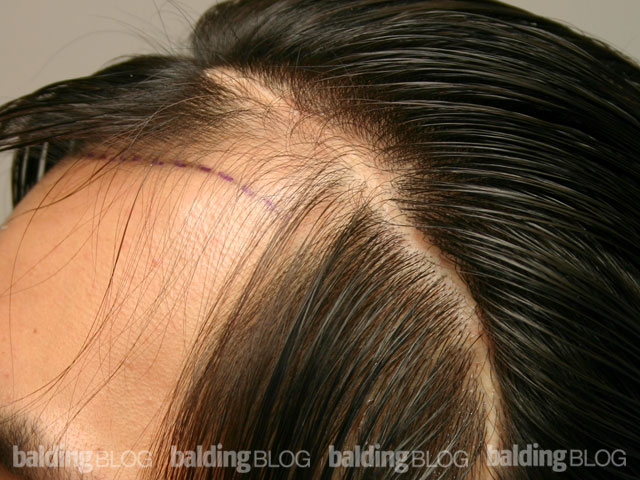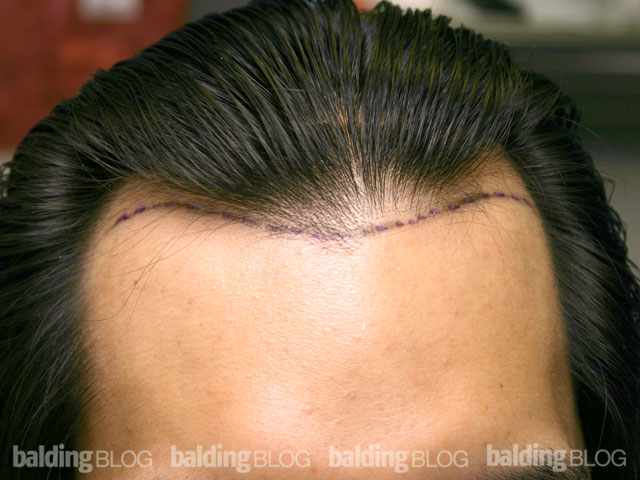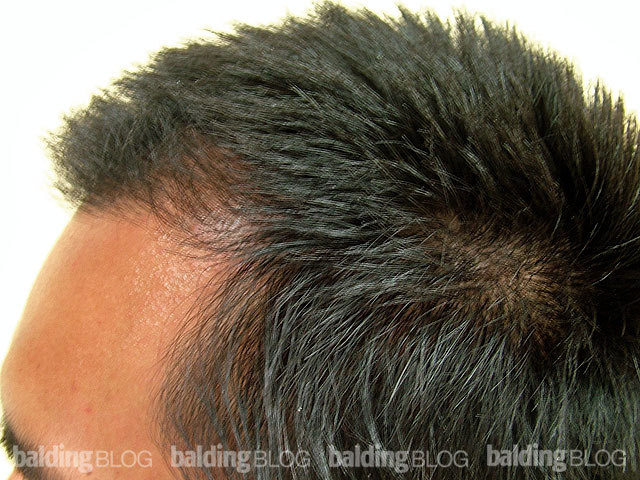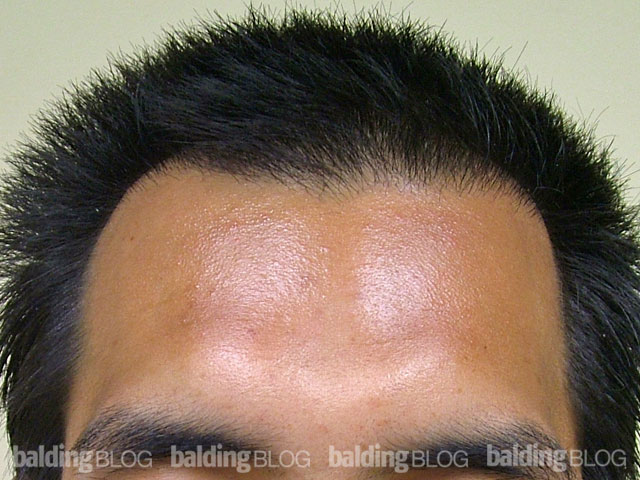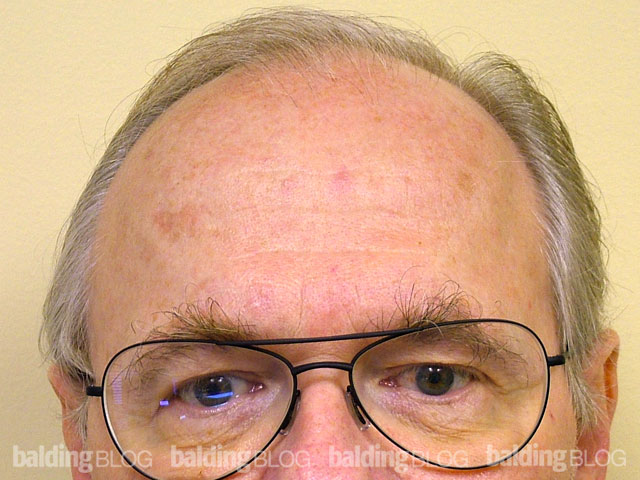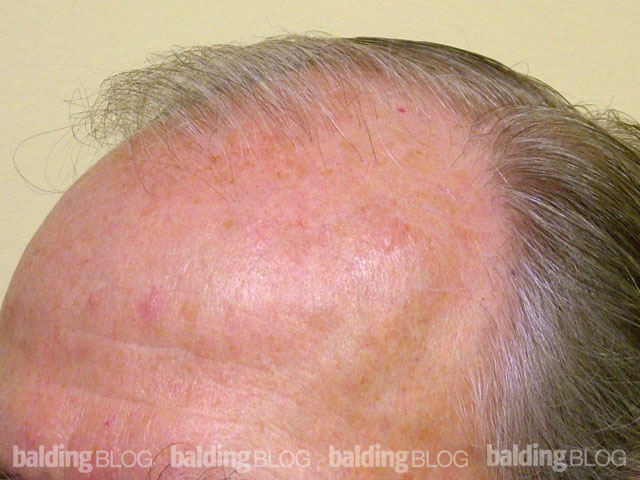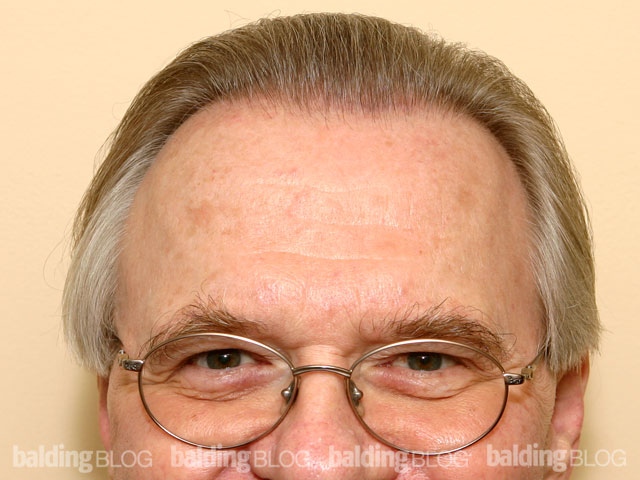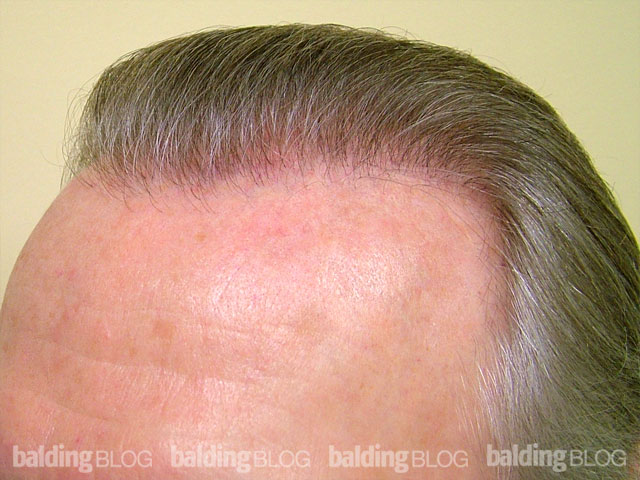Dr R…You can publish. I paid for 1,600 grafts a year and a half ago [with a local doctor]. Horrible results! This is a photo the night after my surgery. My head is still numb on top & hurts in the back after a year and a half!!


After a few weeks, any anesthesia (numbness) of the skin should abate unless it is in the back of the head and one of the major nerves was cut. It is not clear from your comment if the pain and numbness is in the top and back. The major nerve will control the back and top of the head. If you say you have had horrible results from the transplant, then confront the surgeon that did it and ask him/her for his/her opinion. Then get a second opinion (you can come see me in Los Angeles) to assess what grew or did not grow. Access to your preoperative and post operative pictures will be critical for me. As a smart consumer, you should know that you can get answers and you should pursue those answers. Hopefully, your doctor will respond to your concerns. Speaking with your doctor directly, is the first step you should always take.

